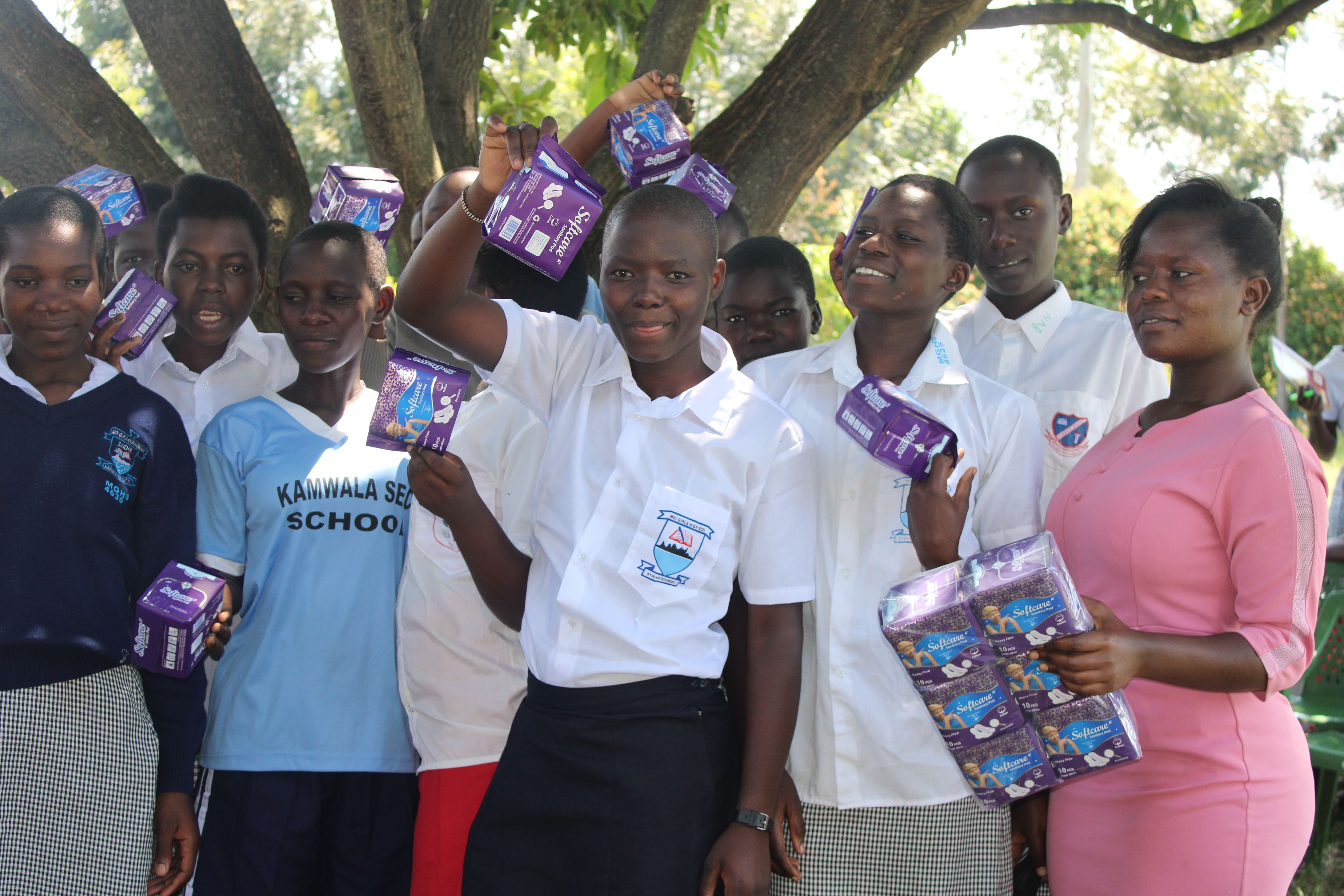6/1/2018
VUKISHA 95 PROJECT
REDUCING THE STIGMA AND VIRAL LOAD OF HIV AND AIDS
The overall goal of Orphans and Vulnerable (OVC) programming is to build the resiliency of families and children affected by HIV and AIDS so that they can meet their health, economic, education, and social development needs. Per the Hyde-Lantos Act, 10% of PEPFAR funding is to be allocated to children affected by HIV and AIDS.[1]
PEPFAR-funded programs prioritizes interventions for “…children who have lost a parent to HIV/AIDS, who are otherwise directly affected by the disease, or who live in areas of high HIV prevalence and may be vulnerable to the disease or its socio-economic effects.”[2] This includes children who are living with HIV, children who have lost a parent to HIV/AIDS, children living with HIV positive caregivers, and at-risk children and adolescents living in a high HIV prevalence area (i.e., adolescent girls, children of key populations, children living outside of family care, and those out of school). OVC programs need to reach children that are most vulnerable to HIV infection to mitigate the impact of HIV and prevent new HIV infections.
The aim of this project is to support the social service workers responsible for implementing a case management process within OVC programming. It aims to articulate the main principles and concepts of case management. It includes foundational definitions, SOPs, tools and job aids to help facilitates a standardized approach to case management that is strengths-based, inclusive, and integrates a case plan achievement approach. This package is not meant to be prescriptive, but rather to serve as a guide to help inform or reflect upon local and contextualized approaches whilst maintaining the core concepts, principles and steps contained within the case management process.
[1] Civic Impulse. (2016). H. R. 5501 –110th Congress: Tom Lantos and Henry J. Hyde United States Global Leadership Against HIV/AIDS, Tuberculosis, and Malaria… Retrieved from https://www.govtrack.us/congress/bills/110/hr5501
[2]Ibid.
HEALTH REHABILITATION


